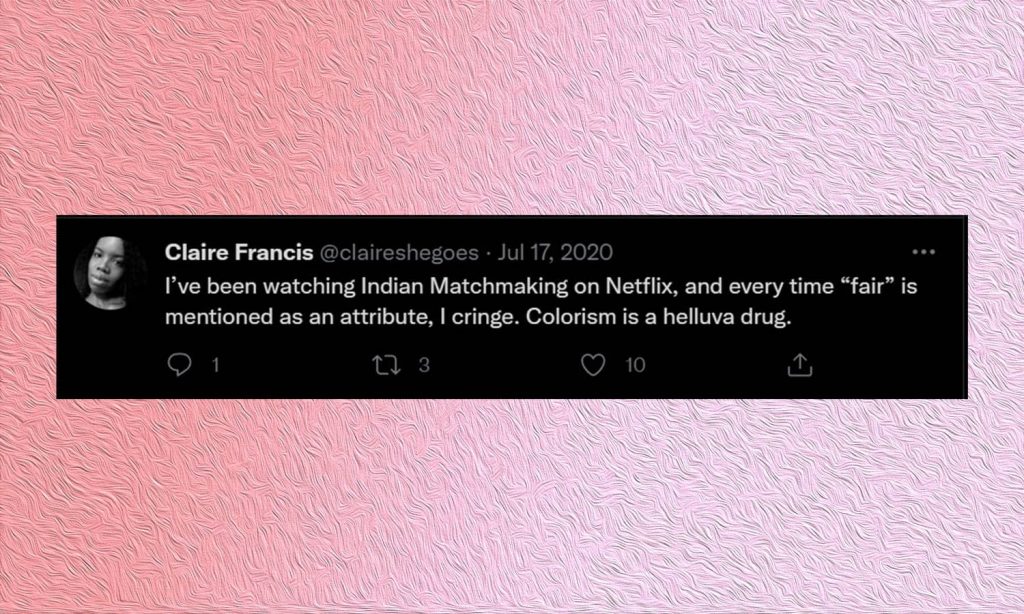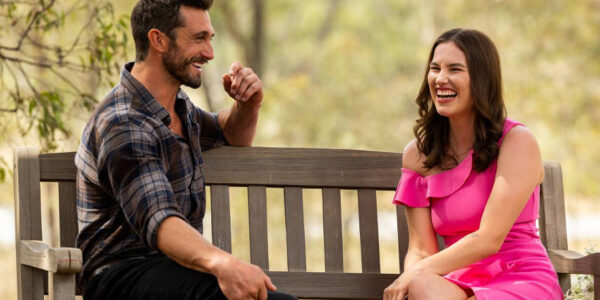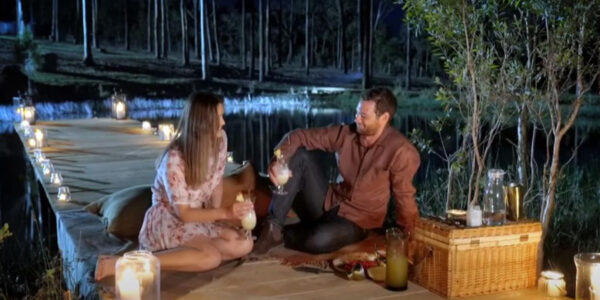Smriti Mundhra, the brains behind the Emmy-nominated series Indian Matchmaking, recently penned a heartfelt post on South Asian representation on The Hollywood Reporter.
Sharing the roadblocks she faced as she attempted to get the show up and running, Mundhra said TV development executives wanted the series to feature more “white people”.
She went on to write that no matter how “Westernised” South Asians become, they will never truly be considered American, which is why she believes the show was more important than ever.
While I wholeheartedly agree with Mundhra’s statement on never being able to belong as a person of colour living in a predominantly white country, Indian Matchmaking was not an empowering show for South Asians — instead, it highlighted the deep-rooted problems within the Pakistani, Indian and Bengali community.
Indian Matchmaking follows the lives of single Indians hoping to get married, so they look to matchmaker Sima Taparia to set them up with someone like-minded.
As a Pakistani-Australian, weddings are an enormous part of our culture. The grandiosity, celebration and traditions dating back to our ancestors are worth bragging about.
But many times, the lead up to this occasion isn’t always smooth, especially if you’re a woman who doesn’t fit the beauty standard.
Approximately 90% of marriages in India are arranged, but it’s important to note an arranged marriage does not equate to a forced one.
An arranged marriage is where two people come together with the help of their families and get to know one another. They then have a choice whether they want to go ahead or not.
But this process becomes increasingly harder if someone has darker skin, isn’t a size eight, is divorced, has kids or belongs to a lower caste.
I was fortunate to never have experienced what so many people I know have gone through, but knowing that in the year 2021, young women are being subjected to these expectations shows there’s a lot more work to be done.
Women should also be married by the age of 25, due to an unspoken rule that a woman is at her peak during her mid-20’s, almost as if she’s about to reach her expiration date from that point forward.
Many people openly brag about how “fair” their daughter-in-law is, flaunting her around as if she’s a trophy during social gatherings.
I’ve been watching Indian Matchmaking on Netflix, and every time “fair” is mentioned as an attribute, I cringe. Colorism is a helluva drug.
— Claire Francis (@claireshegoes) July 16, 2020
And if your skin is deeper, then the discrimination starts early on in life, with aunties offering advice on how to make your skin whiter.
From staying out of the sun to rubbing turmeric on your face, South Asian women are expected to wash the melanin off their skin as if it’s a bit of dirt.
When Indian Matchmaking was first released on Netflix, it was a source of comedy for those who have gone through the matchmaking experience.
But it started to symbolise something much darker, as Sima would throw around phrases such as, “The boy’s good. He’s fair and tall.” Or critiquing women who were ambitious, describing them as fickle-minded, fussy and stubborn.
Sexism was rife throughout the show, with many families asking for daughters-in-law who can only work for a few hours a day but cannot work a 9-to-5.
The casual way in which casteism, colourism and sexism were portrayed throughout the show is problematic, and particularly triggering to those who have gone through these experiences themselves.
There is nothing wrong with matchmaking or going through with an arranged marriage, but the show normalised the worst aspects of the process, rather than influence change.
So Smriti Mundhra, I understand you want to help represent South Asians on mainstream media, for that I applaud you.
But let’s not pretend that Indian Matchmaking made for positive viewing. A South Asian may not fully belong in a westernised society no matter how hard they try, but what’s more detrimental is if they don’t belong within their own communities simply for looking South Asian.
Now that the show has been renewed for season two, let’s hope they aim to do better.
This post originally appeared on POPSUGAR Australia.
Read more stories from The Latch and subscribe to our email newsletter.







